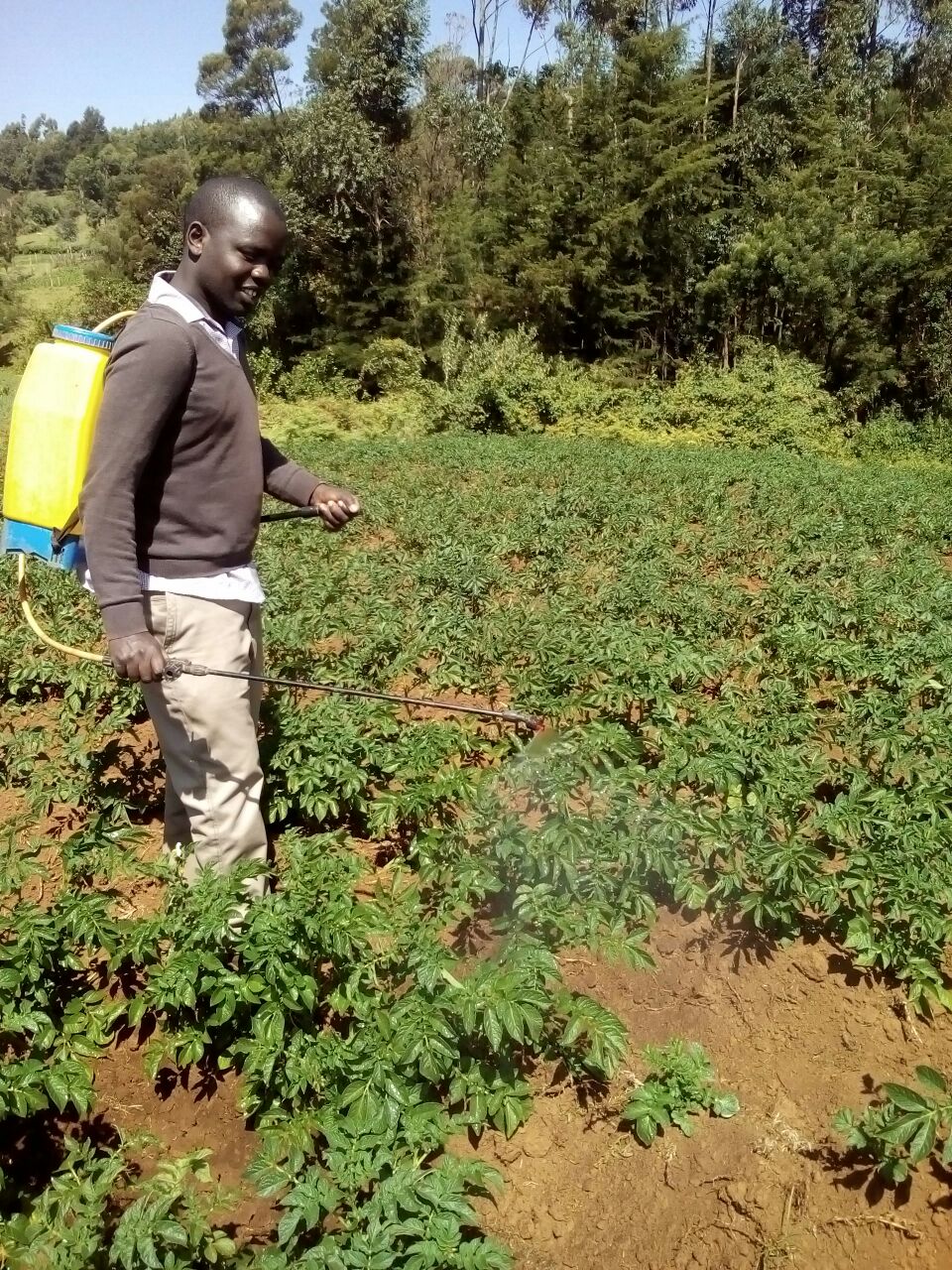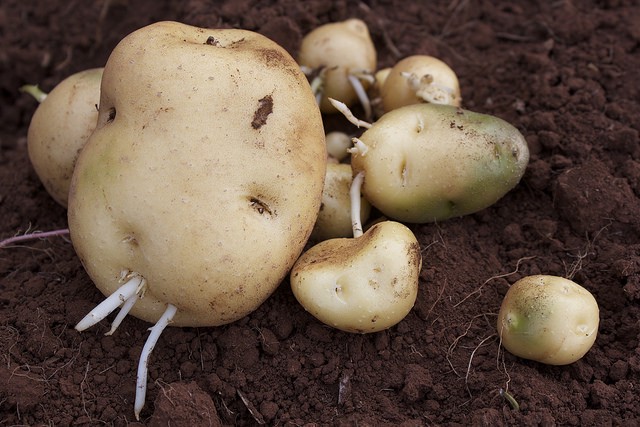Farmers can optimize their potato production through good management practices to meet the increasing demand in local and international markets.
According to Freshplaza.com, an online crops statistics platform, there is a high demand for potatoes in international markets such as China and France that has pushed prices by 15 per cent this year compared to 2018.
The National Potato Council of Kenya reports that potatoes are the second most important food and cash crop after maize in Kenya. The crop is grown by approximately 800,000 smallholder farmers, employ 2.7m actors along the marketing channels and contribute over Sh50bn to the Kenyan economy.
To begin with, site selection and land preparation is an important factor to consider before planting potatoes. In this, select a site where tomatoes or potatoes have not been grown for at least two consecutive seasons to avoid soil borne diseases and pests. Plough the land thoroughly to remove weeds and break the soil for aeration. Avoid rocky and poorly drained soils.

Silas Rutto, a Narok based farmer spraying potatoes in his farm
Buy certified seed tubers approved by research organizations such as the Kenya Plant Health Inspectorate Service. Use seed tubers measuring 24-45mm in diameter with four to five sprouts each at a rate of 10 to 12 bags of 50 kilos each per acre.
Apply Diammonium phosphate (DAP) at the rate of 200kg/acre at planting. On acidic soils with a pH level of below 5.5, use Monoammonium Phosphate (MAP 11 per cent nitrogen and 50 per cent potassium) at the same rate. In this, fill a half liter container with the fertilizer and apply uniformly in furrows 15 meters long or 50 tubers planted at a 30 cm spacing.
Plant before the rains begin by placing tubers in furrows of top soil with the sprout side facing up. Cover the tubers completely after planting to avoid sun scorching. For pure stand potato, the spacing is 75 cm between rows and 30 cm between tubers.
Weeding of the crop starts once the potatoes have grown above the soil. Earth up the plants as they grow with the final ridge attaining a height of 25cm.
Some of the diseases affecting potatoes are later blight and bacterial wilt.
Sign of late blight are water soaked spots on leaves and dying of stem tips which turn black. To control it, spray fungicides on affected crops when you notice the first spots. For effective control, spray the underside of the leaves.
Related content
Former matatu driver leaves the chaotic industry, finds peace in potato production
How the newly released 2019 potato regulations will save Nyandarua farmers from unfair trade
Farmer turns to herbs to cure potato disease as commercial chemicals seem ineffective and expensive

Potato seed sprouts
Bacterial wilt is transmitted to clean fields through infected seed tubers or infected soil and can remain in the soil for up to four years or longer. To curb it, avoid fields with previous incidences of bacterial wilt, use seed tubers from a reputable source and practise crop rotation.
Some of the pests affecting potatoes are aphids and moths. Aphids suck sap from the plants and in the process transmits viral diseases such as the potato leaf roll virus. To control them, one can apply yeast mixed in lukewarm water and spray the solution on potato leaves once every two weeks. Apply 4g of yeast per liter of water.
Let the potatoes should remain in the field till maturity after four months. Harden the skin of the crop by cutting the stems two weeks before harvesting. With the above proper management practices, potatoes can yield 40 tonnes/ha.
















Comments powered by CComment